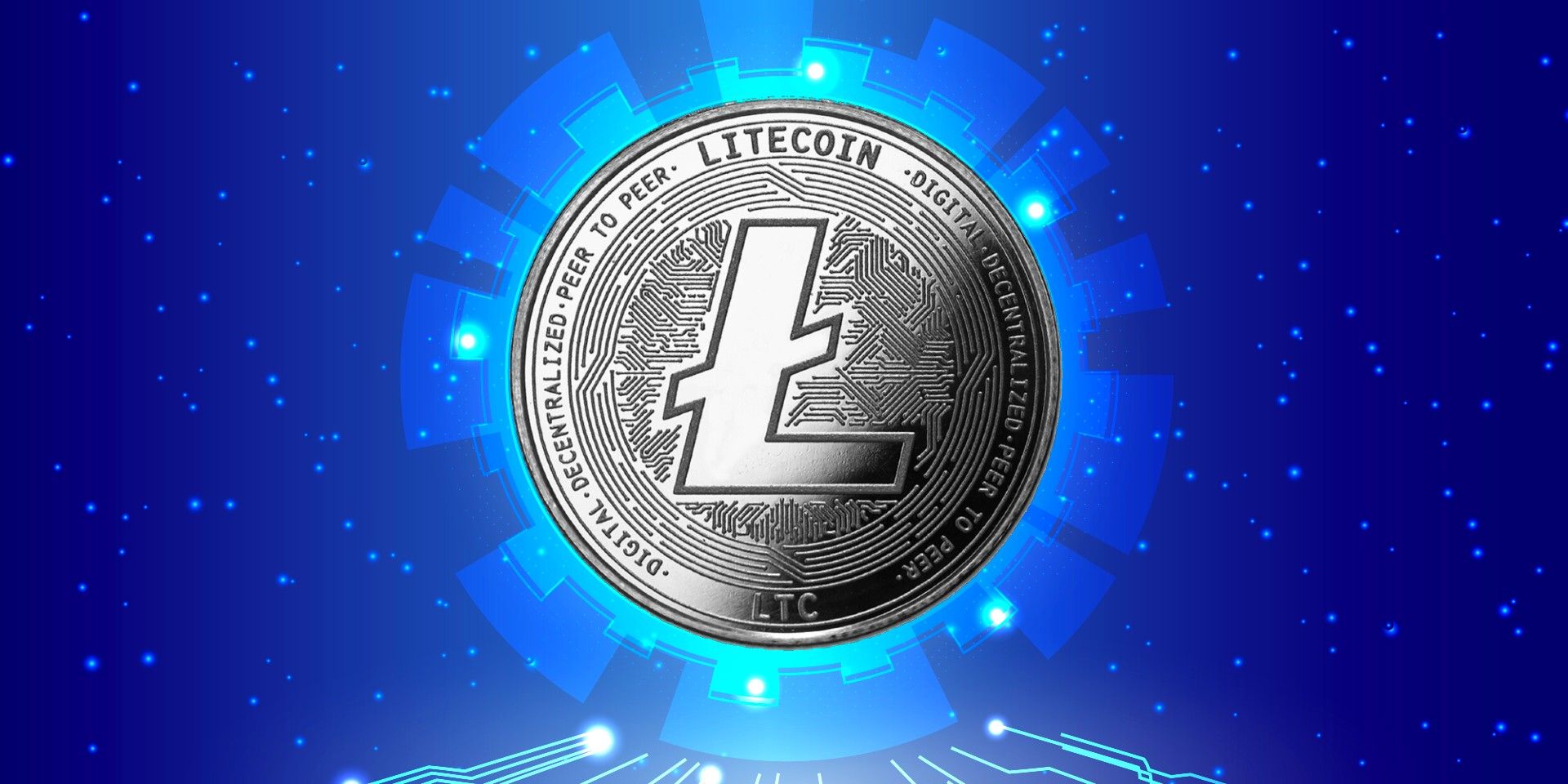Litecoin was created to be the silver to Bitcoin’s gold, and runs faster and cheaper than Bitcoin. However, it doesn’t have much else to offer.
Litecoin is the oldest alternative to cryptocurrency still in operation today, and has a few major differences compared to Bitcoin. Dozens of alternatives to Bitcoin were invented during the early years of blockchain, but the overwhelming majority of them failed to achieve sufficient adoption and have since become dead blockchains. Bitcoin’s mysterious creator, Satoshi Nakamoto, pioneered blockchain as a technology for decentralized digital currencies, but there are several issues with Bitcoin’s design that prohibit its use for everyday transactions.
Prior to the invention of Ethereum, creating a cryptocurrency meant launching a new blockchain network and hoping cryptocurrency miners would join the network, and due to this major adoption hurdle, very few cryptocurrencies created prior to Ethereum are still alive today. It was 2013 when cryptocurrency’s first ‘altcoin season’ arrived with the invention of dozens of alternative cryptocurrencies, each of which strived to solve some problem using cryptocurrency, many of which didn’t make sense to solve and were blatant cash-grabs. Today, the majority of these early altcoins are dead, with only a few surviving over the years.
Litecoin (LTC) was one of the earliest altcoins ever created that is still alive today. Investopedia explains that Litecoin was forked from Bitcoin in 2011 to address growing concerns that Bitcoin was becoming too centralized by large Bitcoin miners. While Litecoin ultimately failed to achieve its purpose as a lighter and more decentralized alternative to Bitcoin, it has since survived the many ups and downs of the crypto market cycles. Years after Litecoin was created, Dogecoin was created as a joke during the 2013 altcoin season, but due to its (intentionally) terrible economics became unprofitable to mine. Dogecoin and Litecoin developers responded by creating a ‘merge mining’ system where all Litecoin miners automatically mine Dogecoin at the same time, allowing them to validate transactions on both networks simultaneously. This system is the only reason why Dogecoin is still around today, and the largest DOGE holders are theorized to be Litecoin miners.
Digital Silver To Bitcoin’s Digital Gold
Litecoin is frequently described as ‘the silver to Bitcoin’s gold’. Litecoin was designed for daily purchases by being cheaper and faster than Bitcoin, but today’s smart contract blockchains offer faster and cheaper transfers and can host stablecoins that have no volatility, negating the purpose Litecoin and Bitcoin were both created for. Litecoin was designed to have faster transaction times than Bitcoin, with Litecoin transfers taking around two minutes compared to Bitcoin’s 10 minutes. This was a major improvement over Bitcoin’s design, but today it is laughably slow compared to modern blockchains that can process transactions in seconds with minimal environmental impact.
Just like Bitcoin goes through a halving event every four years, Litecoin also has its own halving event that occurs over a similar timeframe. However, Litecoin’s halving events do not have a significant impact on the cryptocurrency market like Bitcoin’s halving events do, and to date the only thing that seems to affect Litecoin’s price is the speculation that follows in the months after a Bitcoin halving event. Litecoin will always be substantially cheaper than Bitcoin, as Litecoin has four times the circulating supply that Bitcoin does and will peak at 84 million LTC.
Litecoin is a staple of the cryptocurrency industry due to its age, being the oldest surviving altcoin that has retained any significance. Although Litecoin was created to be a lighter and cheaper alternative to Bitcoin, it has since become obsolete for daily purchases due to innovation from smart contract blockchains that arrived many years later. Today, Litecoin is treated as digital silver the same way Bitcoin is treated as digital gold, but outside recent developments adding privacy coin features, it doesn’t have much else to offer the modern blockchain industry.
Source: Investopedia






